Unobvious SEO experiment with user behavior you have to try
I accidentally found an interesting pattern that opens up great possibilities.
How my product experiment became an SEO experiment
On Feb 6, 2025, I launched an A/B test on the Sitechecker home page:
1/ 50% of new users saw the home page as usual (control variation).
2/ 50% of new users were sent to the /solutions/agencies/ page (test variation).
It was a product activation experiment, not an SEO experiment! I’ve tested different user funnels.
My only goal was to improve the conversion rate from creating the first project into a Google Search Console connection.
We added a required step with a GSC connection to the test variation during the creation of the first project. If the user doesn’t connect GSC, he can’t move forward.
I know that for such product experiments, it’s better when users from both variations land on the same landing page before they see 2 different variants of the onboarding.
However, I’ve decided to use a redirect to another page because it helped me to set up an experiment much easier. I chose the /solutions/agencies/ page because it has a similar value proposition as a home page.
The experiment ran for 1 month. Changes in the conversion and retention data on the test variation are interesting, but this deserves a separate article.
The most interesting, unexpected thing I discovered when I dug into the rankings analysis of /solutions/agencies/ page.
This is my usual practice. From time to time I check the search performance of the most important landing pages in Sitechecker Page Audit.
This time I found that rankings for the highly competitive keywords SEO software for agencies and SEO platform for agencies improved significantly and entered in the top 10.
This happened the 2nd time in the history of /solutions/agencies/ landing page and the 1st time in the last 6 months.
Note, that this landing page has many impressions because it’s ranked as an additional blue link by home page keywords. These impressions don’t matter and this page had almost 0 traffic.
Rankings by the agencies-related keywords are the only important rankings for this page.
These are the keywords for which this page was created and I was curious why we can’t get top 10 by them so long. It was strange considering that we’ve built 500 backlinks to this page!
It’s not a joke, considering that this was the 3rd place by the amount of backlinks in SERP.
So, what has my product experiment accidentally changed so that we have such improvement?
The impact of 30x times traffic increase
During this experiment, new traffic to /solutions/agencies/ page increased 30 times!
Before that, it had 100 visitors per week (it’s not from organic search, it’s primarily from a link in the header).
During the experiment, 3000 visitors land on this page per week. It’s because our home page has a lot of traffic, 80% of which are branded searches.
So, I assume that user behavior factors lead to improvement in rankings. For SEO product managers it’s not a new idea, it’s pretty banal. We all already know that user behavior impacts rankings. However, here the idea is a little bit different.
I hypothesize that while /solutions/agencies/ page ranked in the top 10-20 positions, there was not enough data for Google, to decide whether the page satisfied the user intent and whether it was better than the competitor's pages.
When I started to send a huge amount of highly motivated traffic (again, 80% of our home page organic traffic is from brand searches) to this page, I helped Google to collect enough data (I guess via Chrome browser and GA4) that this page worths to rank higher.
3 lessons, if this SEO hypothesis is true
1. If you rank in the top 10-20, the fastest way to improve your rankings is by sending more highly motivated traffic to the page.
A/B test via redirect, where you send 50% of users from the page with high traffic to a similar page with no traffic is the easiest way to do it. However, in this case, you are also limited in options. Pages should have similar intent!
You can't send people to completely another offer and expect that they will generate great user behavior.
2. You can send such traffic from Google Ads, social media, email newsletter, or from your existing high-traffic page with a similar intent.
In our case, it was branded traffic. Such traffic in most cases has a higher conversion rate because people already know about you and trust you. They don't compare 10 pages from SERP and then choose which website is better.
Google Ads traffic by commercial keywords also should work. Traffic from social media, parasite SEO campaigns on Medium, email newsletters also should work if you promised something interesting for your audience.
3. If paid traffic or social organic traffic has so huge impact on rankings, it may be worth adding it to the link-building budget :)
Conclusion
We all know that we have to create a better user experience to get better rankings.
However, you should remember that Google needs data to decide whether your page’s user engagement is great and better than competitors.
While you rank in the top 10-20 in organic SERP you’ll get a couple of clicks per month. It’s nothing.
If you won’t help Google to collect user engagement data by sending traffic from other sources, it can take months and years until Google itself collects data by the landing page.
I believe that if this hypothesis is true, it opens many opportunities. Now, I am planning to launch similar SEO experiments on Favikon, sending 50% of the home page traffic to the product landing page about the influencer search tool.
I hope some SEOs have run similar experiments and can say if they observed the same results. Share your thoughts in comments.
P.S. Don’t miss my popular Looker Studio templates:
Free Keyword Cannibalization Checker (based on GSC data);
Free Keyword Ranking Report Template (for keyword research);
SEO forecasting template based on blending GA4 and GSC data ($249);


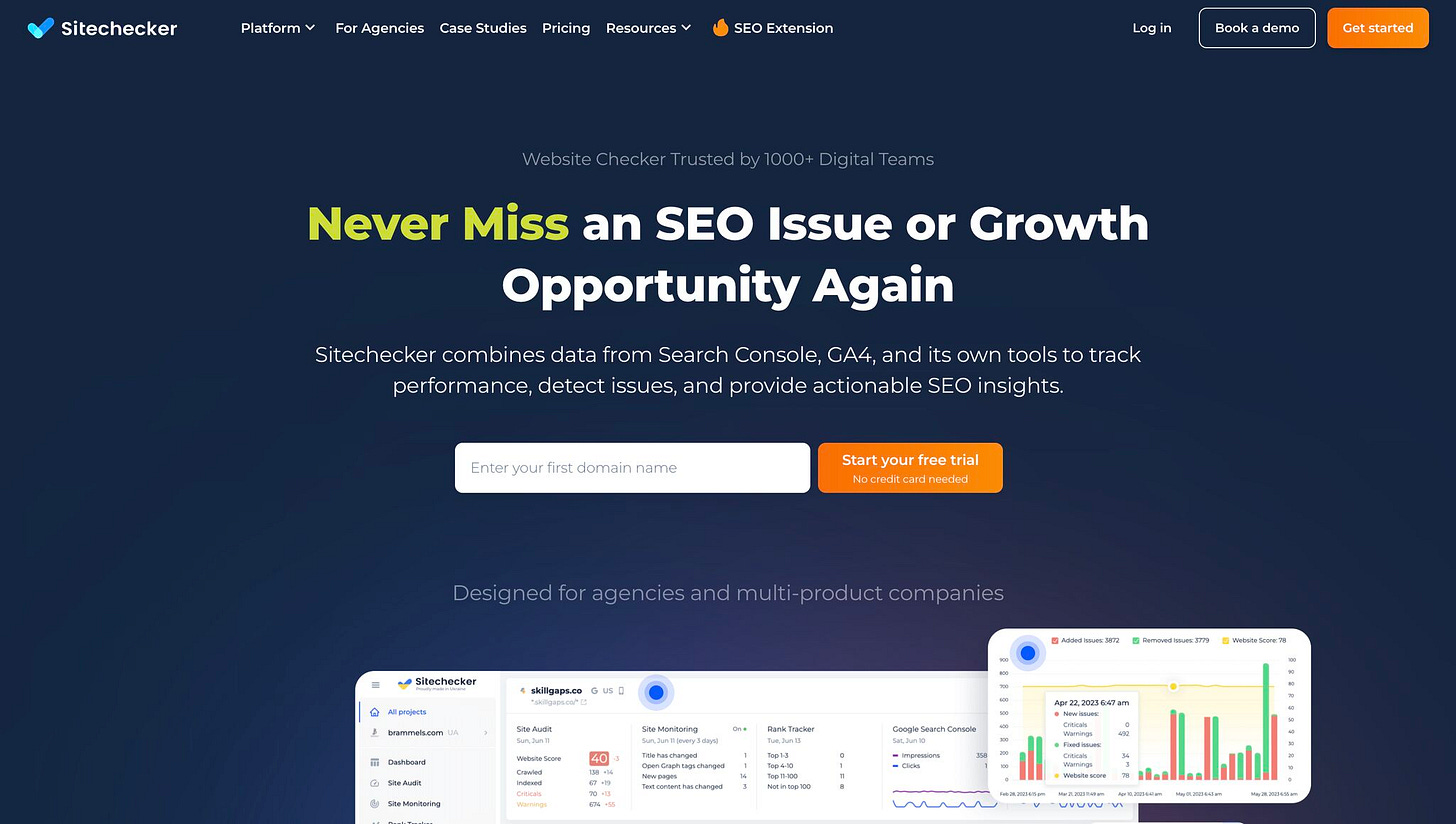
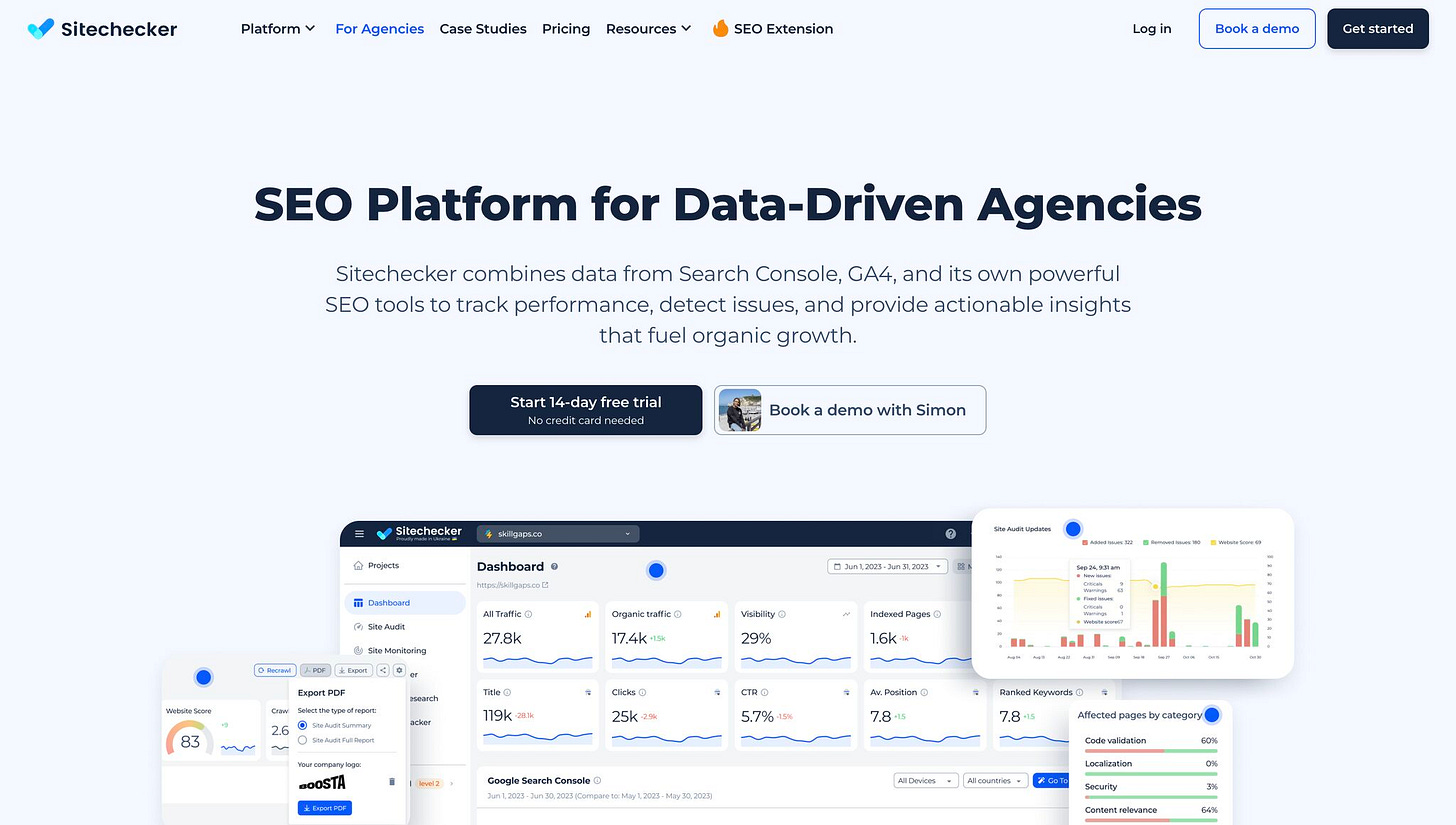


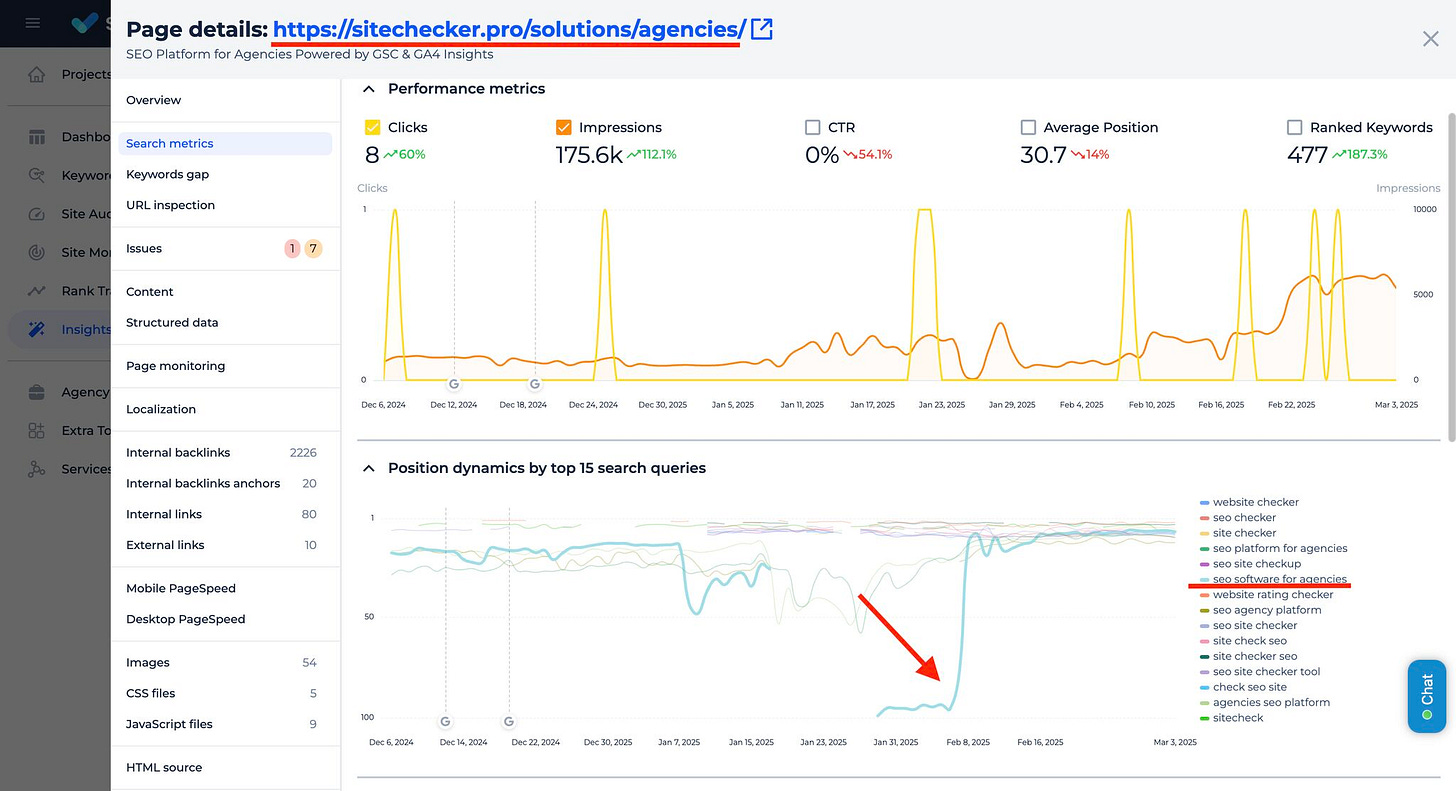
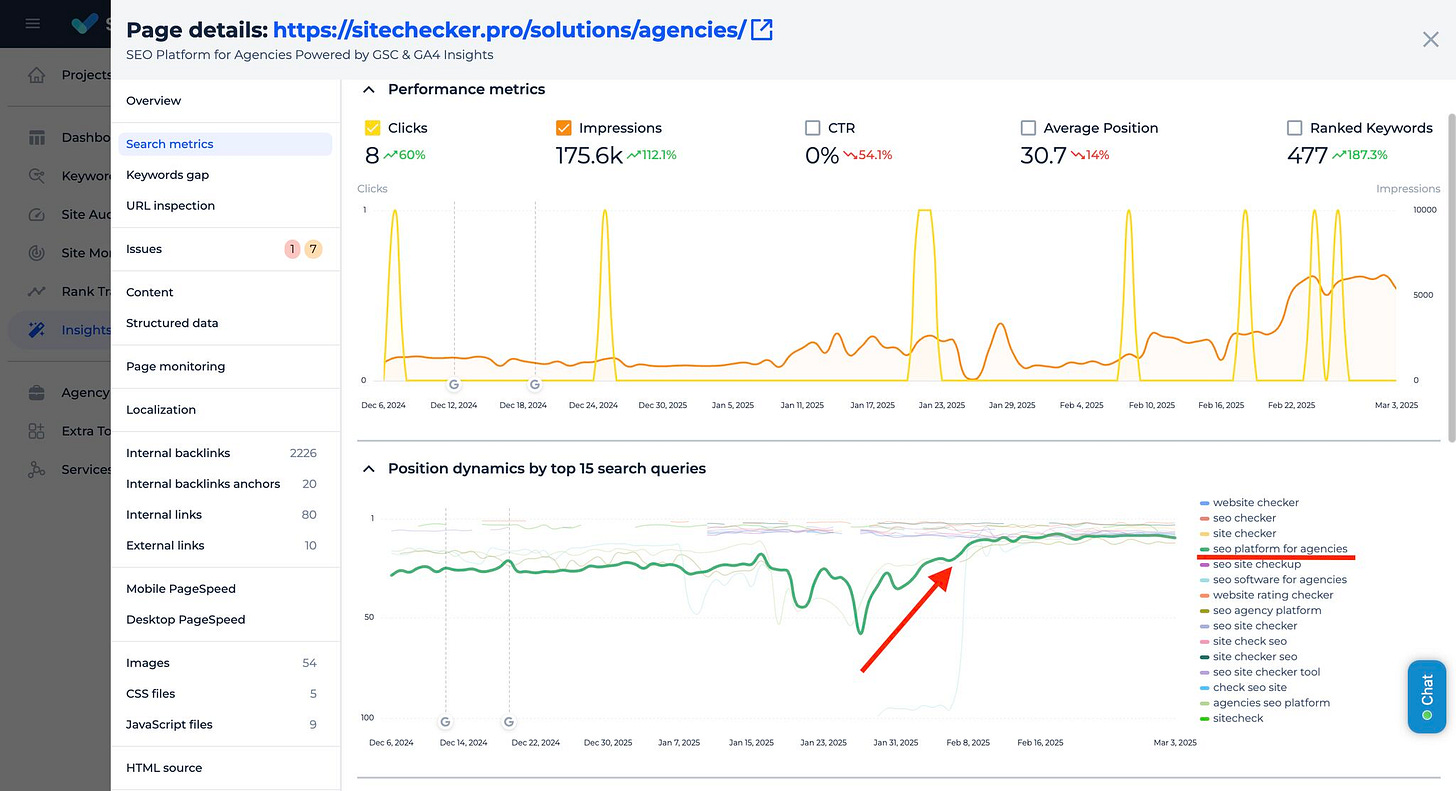

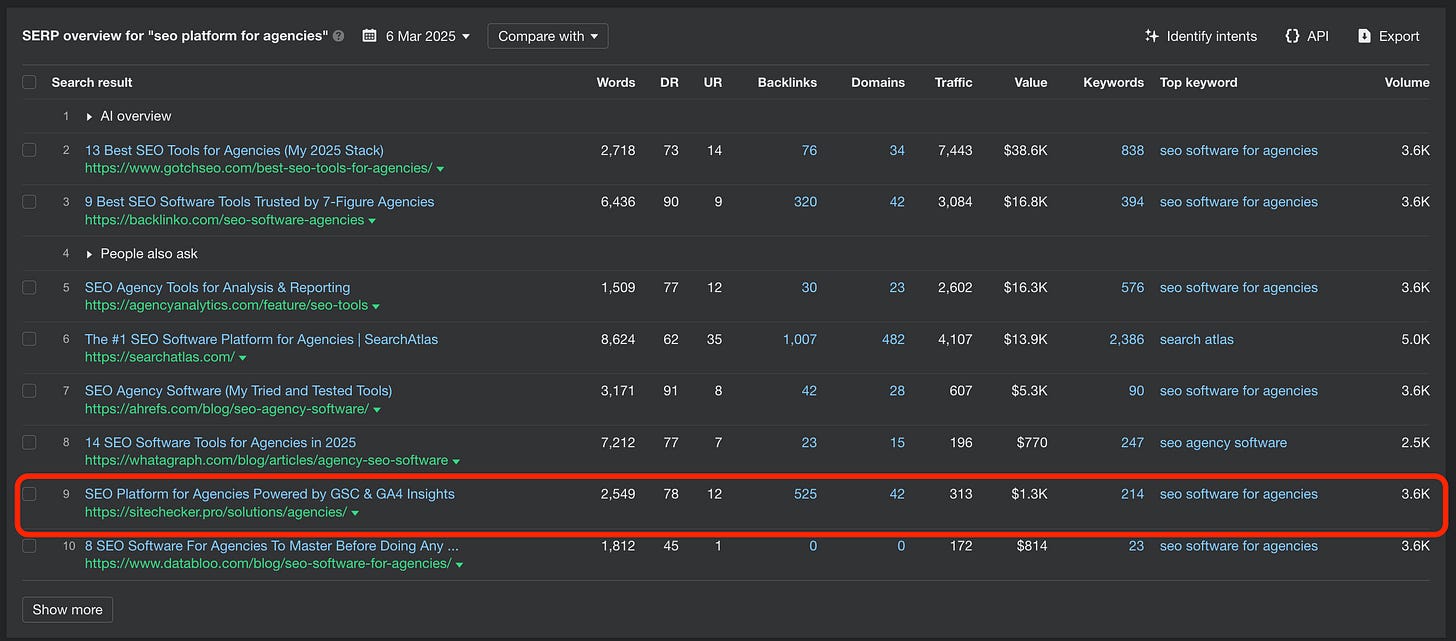
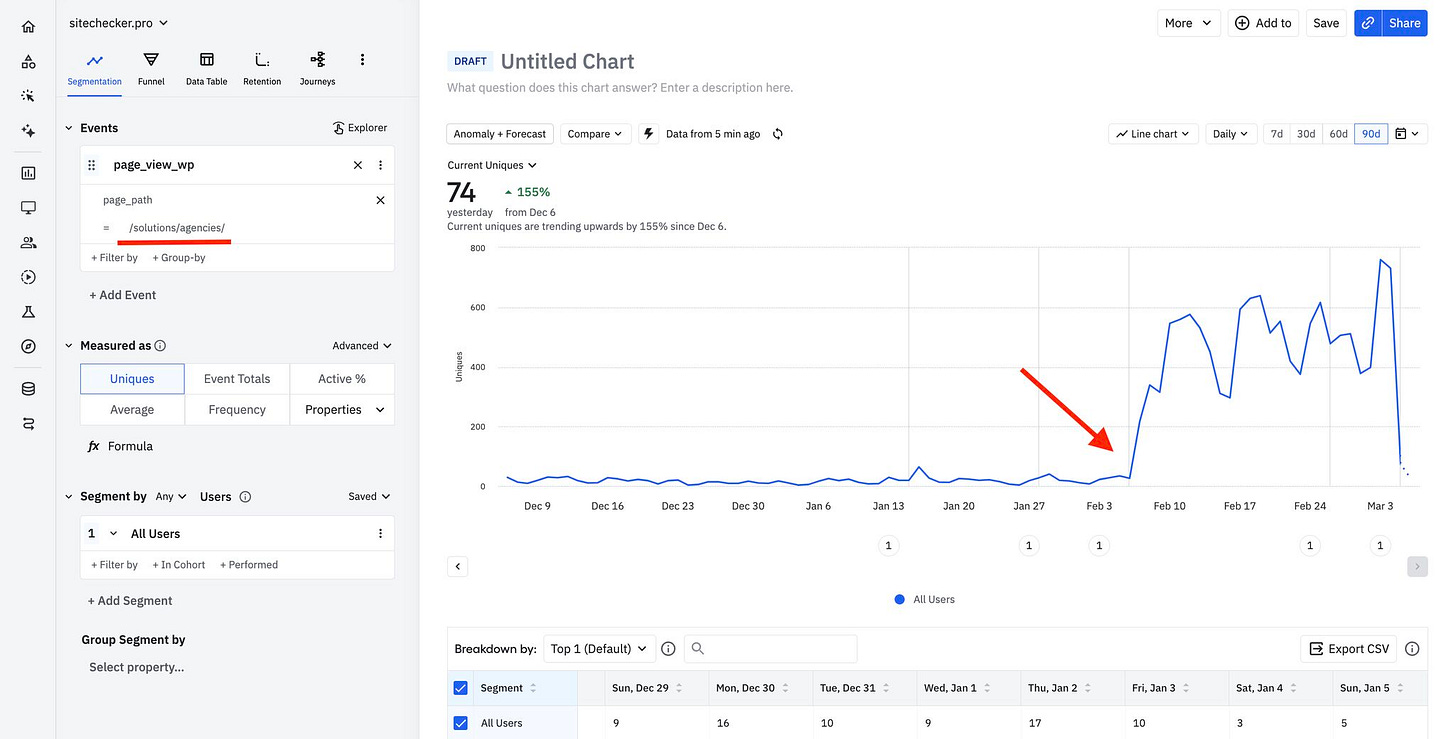
Interesting note. Today your current title is similar to the very first one. What results did you get?